Cosmo is a cutting-edge take on the electric guitar by Verso
Verso Musical Instruments reimagines the electric guitar, with Cosmo, an utterly simplified, minimalist design, handcrafted with a body made of bent steel
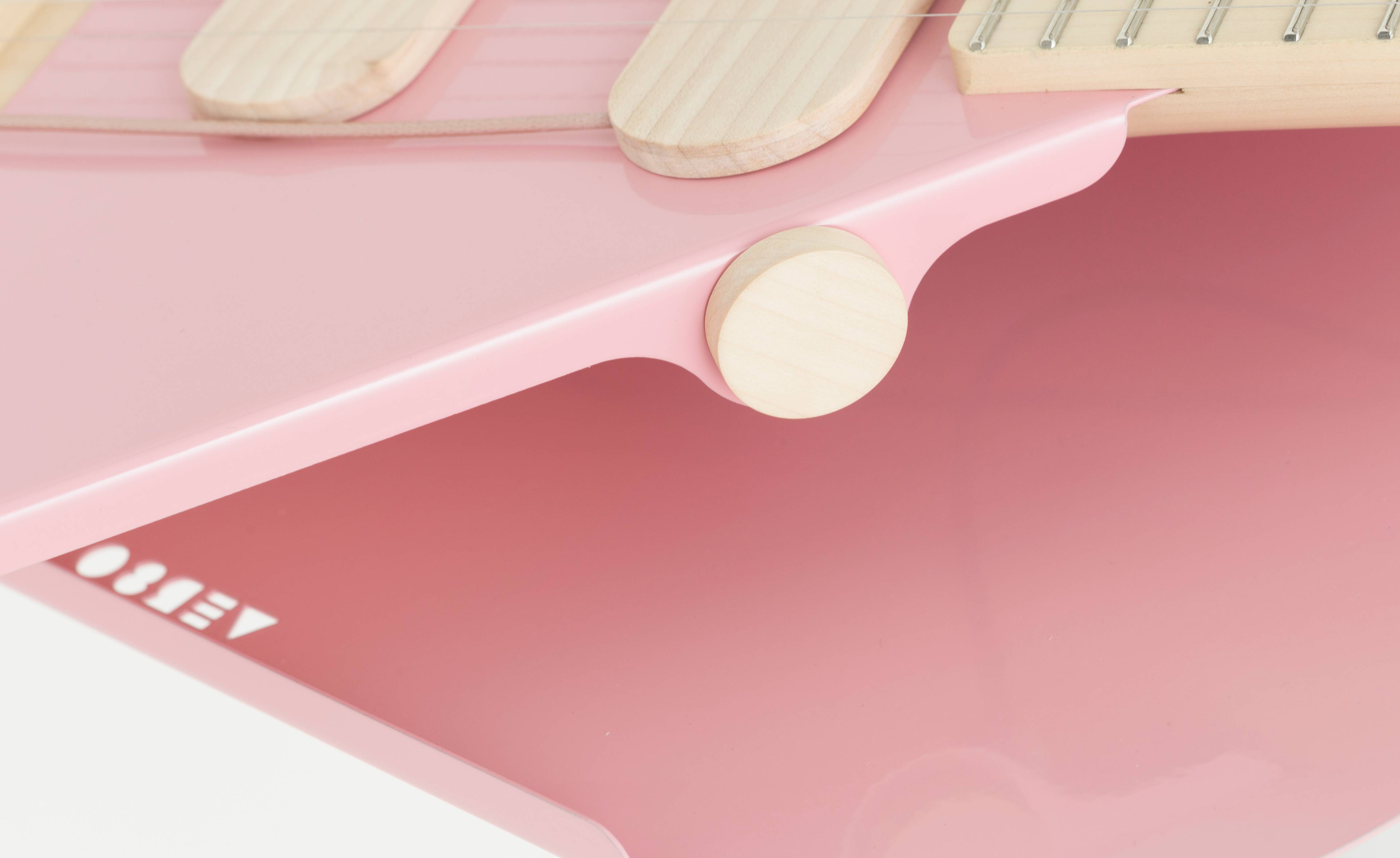
The electric guitar is undergoing one of its periodic revivals. While the instrument is regularly written off as old and embarrassing technology, beloved by Boomers and irrelevant to modern mores, interest is always sparked by revivals and returns, as well as a constant stream of innovators who are able to do new things with six strings and a chunk of wood. What rarely changes is the guitar’s form factor; musical innovation doesn’t necessarily need technological change.
This is where Verso Musical Instruments comes in. Founded by the industrial designer Robin Stummvoll and based in Hessen, Germany, Verso Musical Instruments builds electric guitars with a difference.
Cosmo by Verso Musical Instruments
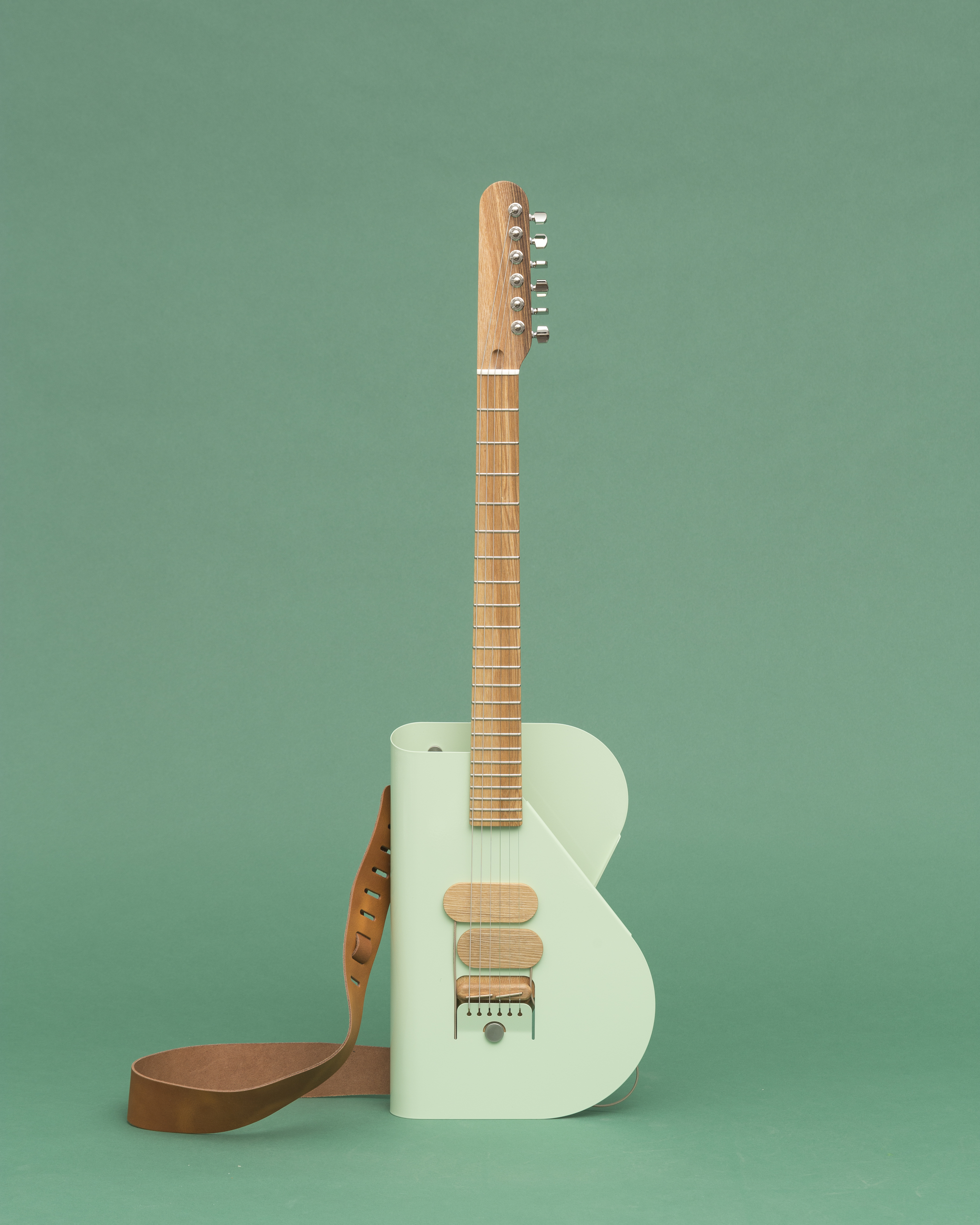
As Stummvoll himself explains, ‘the decision to design an electric guitar began from a weariness with the instrument. No other instrument is so closely linked to the development of pop culture and thus to personalities. As a result, there are strong expectations from and of the musician.
‘It is a fetishism, with the guitar as a sceptre in the hands of icons.’
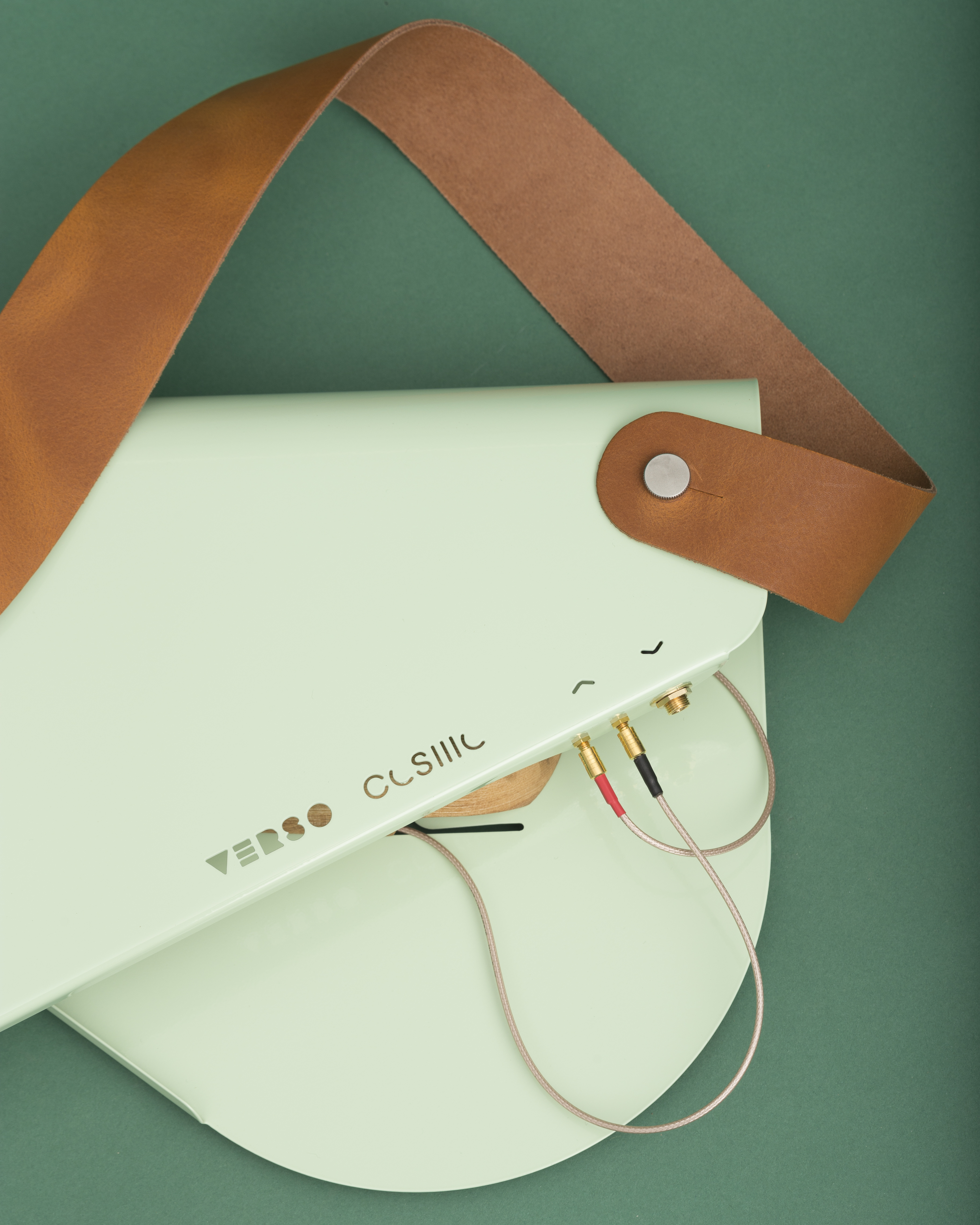
Tasking himself with reducing the design of an electric guitar down to the bare minimum, Stummvoll developed the Cosmo. He acknowledges that his metal-bodied creations might not have the same cultural impact as the familiar chunks of wood that have been such a focal point of global popular culture since the 1950s.
‘I asked myself whether the electric guitar would reach this point of becoming something universal through maximum simplification,’ he says. ‘I don't claim to have succeeded, but that was my intention for the project.’
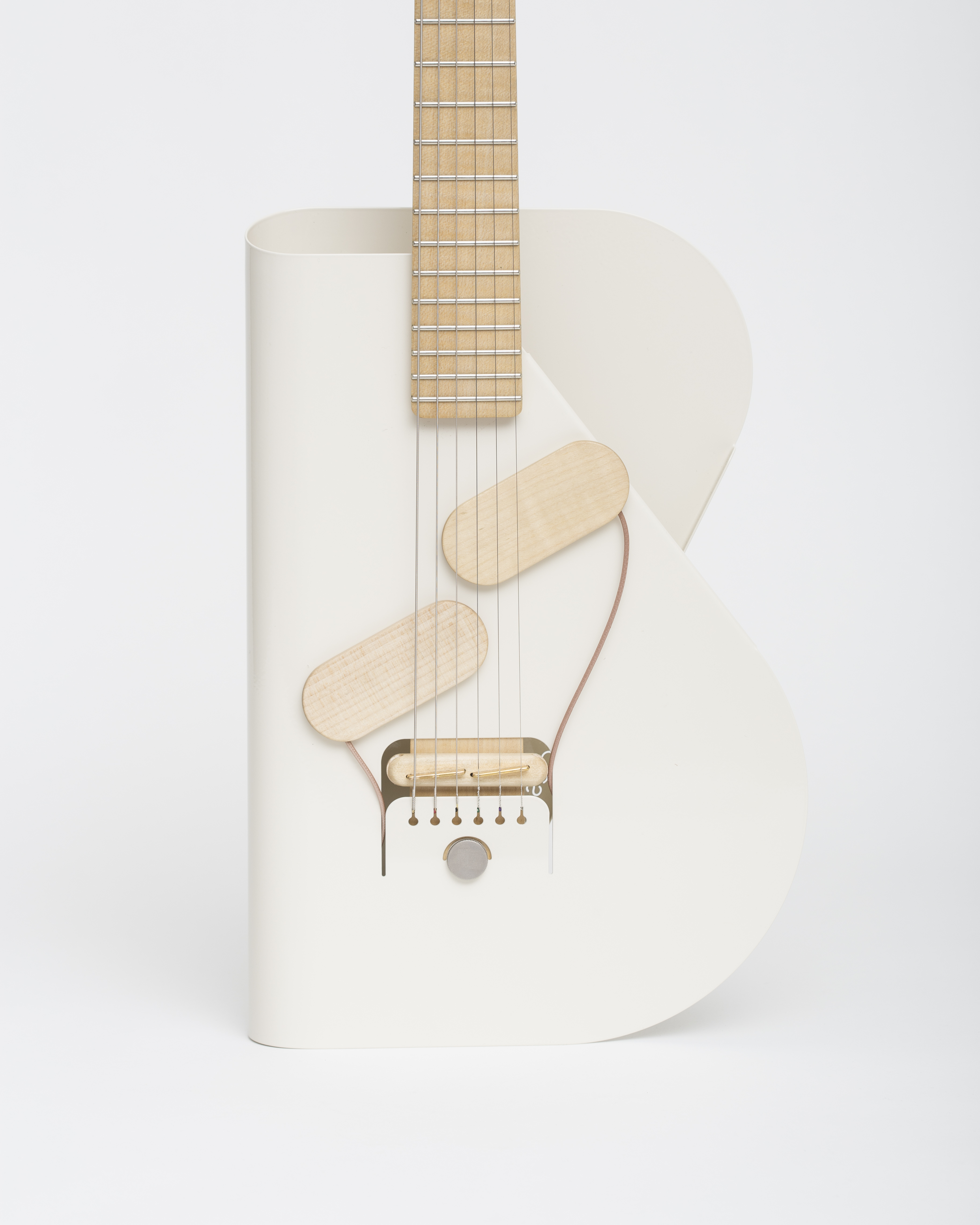
The Cosmo blends artistry with industrialisation, wearing its craftsmanship lightly while also being a strictly non-deterministic shape. ‘A traditional guitar is a fashion accessory that gives us a distinct identity,’ he says. ‘What really bothers me is that these fashions create strong expectations and social problems like sexism. You play a Gibson SG, you do rock; you play a Fender Tele, you do blues; you have a red Fender Strat, you like Knopfler.’
Receive our daily digest of inspiration, escapism and design stories from around the world direct to your inbox.
The Cosmo is a reaction against the idea of buying a copy of a guitar played by your idols. Although Stummvoll is quick to point out that he does ‘love the design work of Leo Fender and the music of Hendrix’, he thinks that this weird symbiosis between object and art is both unique to the guitar and culturally rather stifling.
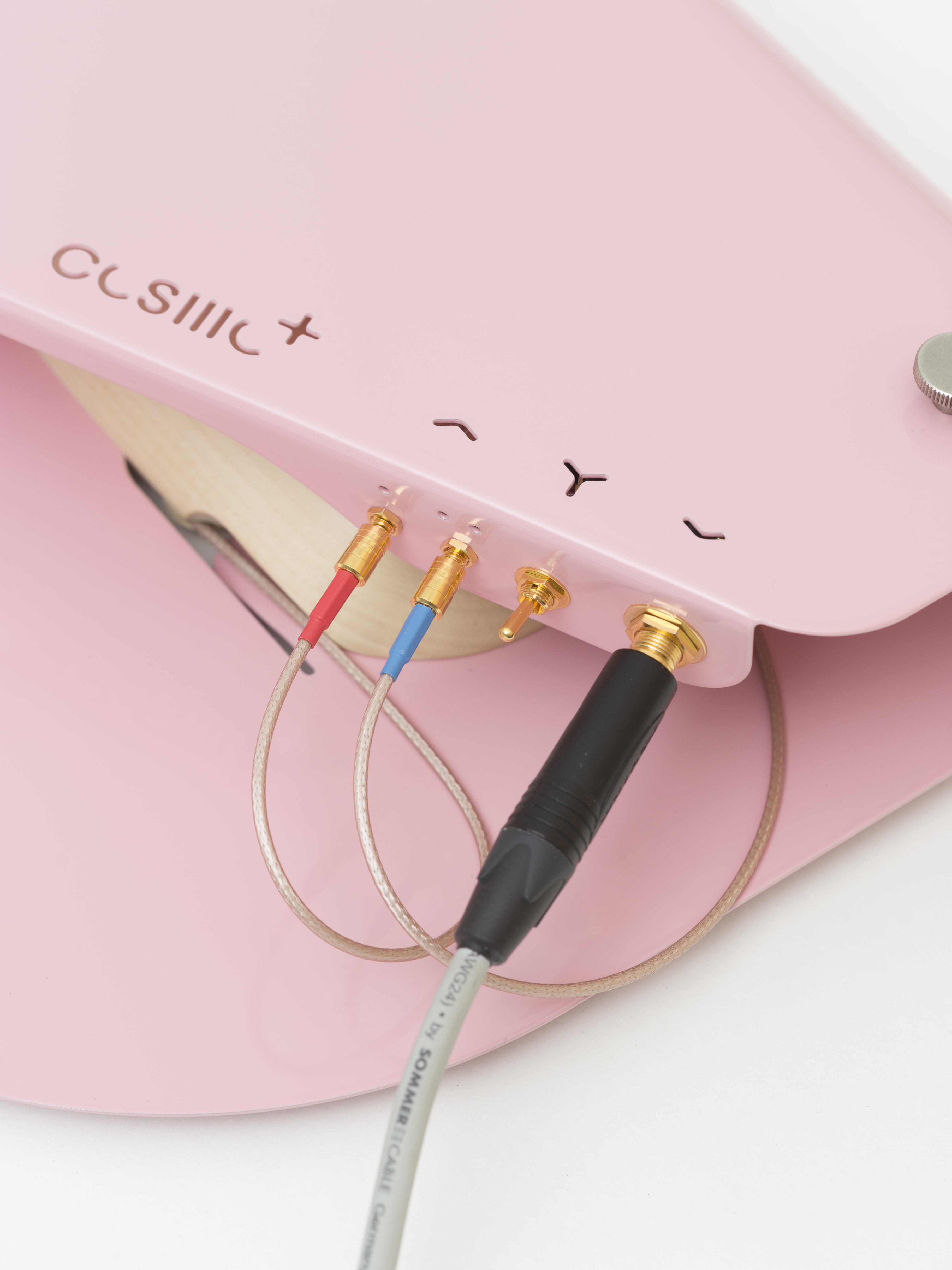
The form is utterly dictated by the function. ‘The simplest electric guitar basically requires only a rod on which strings are tensioned,’ Stummvoll explains. ‘I was very inspired by the guitars of Allan Gittler (held in the MoMA design collection), German luthier Ulrich Teuffel, and the one-string Solitaire model by Nobuaki Hayashi.’
The neck of the Cosmo is joined to a body made from bent sheet steel, a practical consideration that makes the guitar ergonomically playable, but also houses the electrics. ‘Steel can be produced quickly and cheaply and makes some components and work steps obsolete,’ Stummvoll notes, pointing out that he also owes a debt to Dieter Rams. ‘I love his work. With Cosmo, my focus was not just on simplicity, but also on the balance between material and form. I was very particular about making the instrument honest and understandable, and at the same time friendly and feminine, especially with such a cold and technical materiality.’
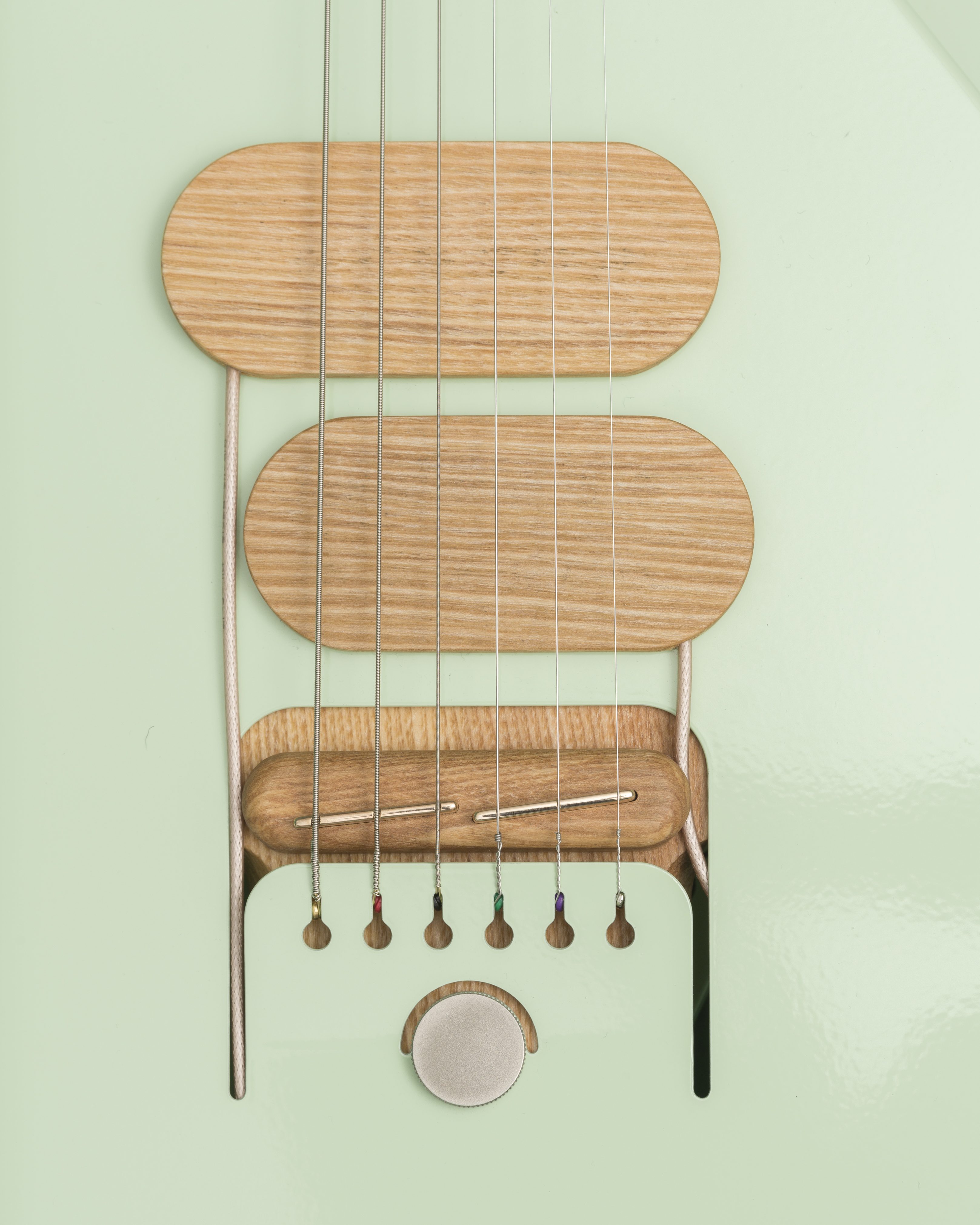
There are other subtle innovations. Because guitar pickups are magnetic, they naturally clamp themselves onto the surface of the body. ‘It was almost an accidental discovery that I turned into a unique selling proposition,’ Stummvoll says. Because the pickup can be moved around beneath the strings, the tonal characteristics of the guitar can be finely tuned. ‘Combine this with the steel plate and the instrument has a unique timbre with a lot of body resonance,’ he says.
‘However, this also results in an extreme sensitivity, which is not only advantageous in the distorted range. To a certain extent it sounds very powerful and rich in harmonics, but at a point in the high-gain range it becomes exhausting. You can hear everything with a lot of gain – every shirt button that hits the body.’
The Cosmo Plus model adds another pickup for even more experimentation, as well as two separate outputs so you can blend and mix different effect chains. There’s also Verso Musical Instruments’ new Gravis short scale bass, with a similar aesthetic and acoustic approach.
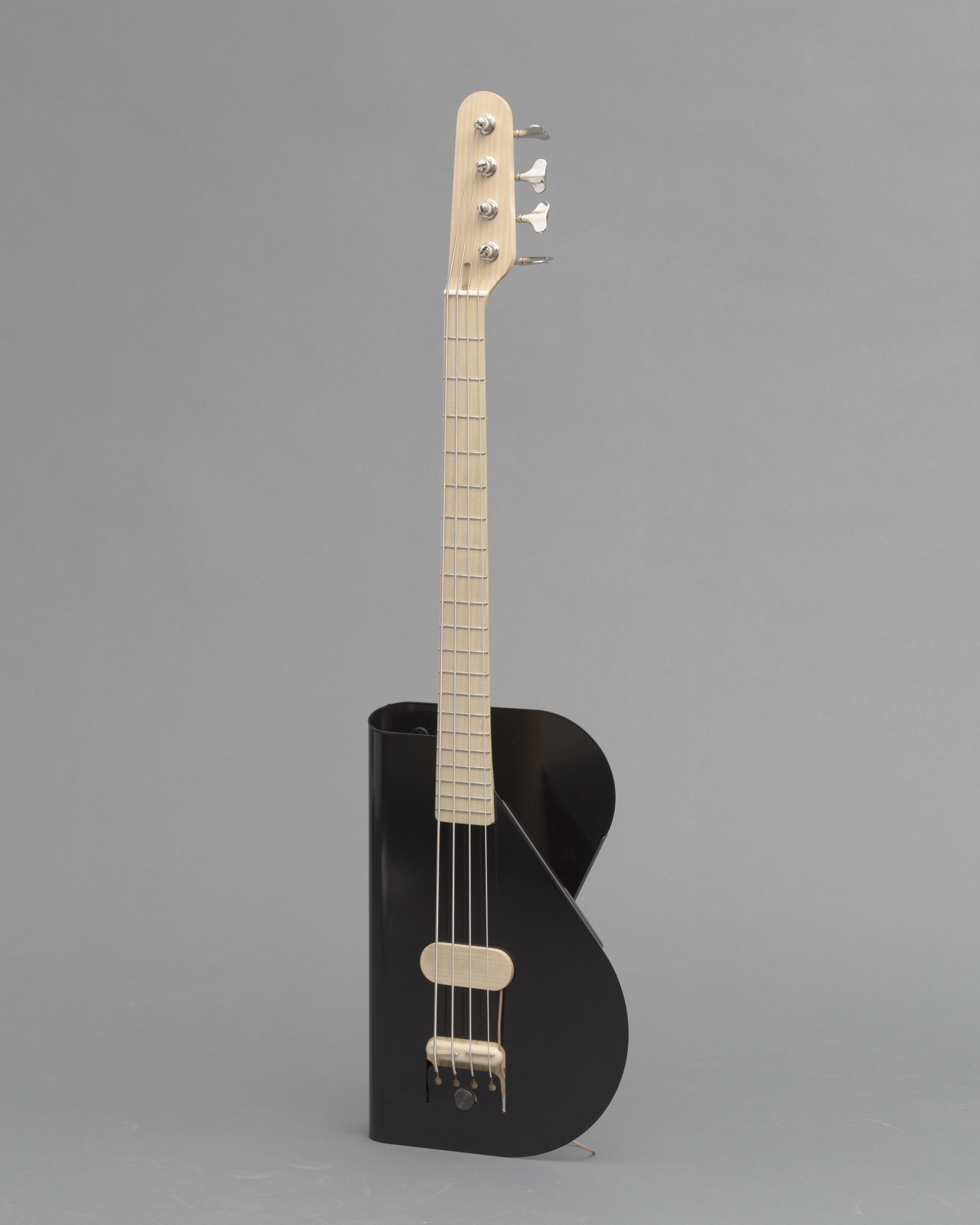
Stummvoll took three years to develop the Cosmo, paring back the forms and materials so that practically everything can be made in his own workshop, including the body, neck, bridge and pickups. Each guitar is carefully handcrafted, from bending the powder-coated metal to finishing the neck and surface, building the circuitry and winding the pickups. Although Stummvoll studied industrial design, his luthier skills are entirely self-taught.
‘Any acoustic instrument is a blank slate,’ he says. ‘It has limitations in design, in choice of materials, and that makes it something universal. In our shared imagination, a piano is a black cabinet – an archetype without any expectation of what will be played on it or by whom.’ By being so far removed from convention, Cosmo opens up a universe of possibilities.
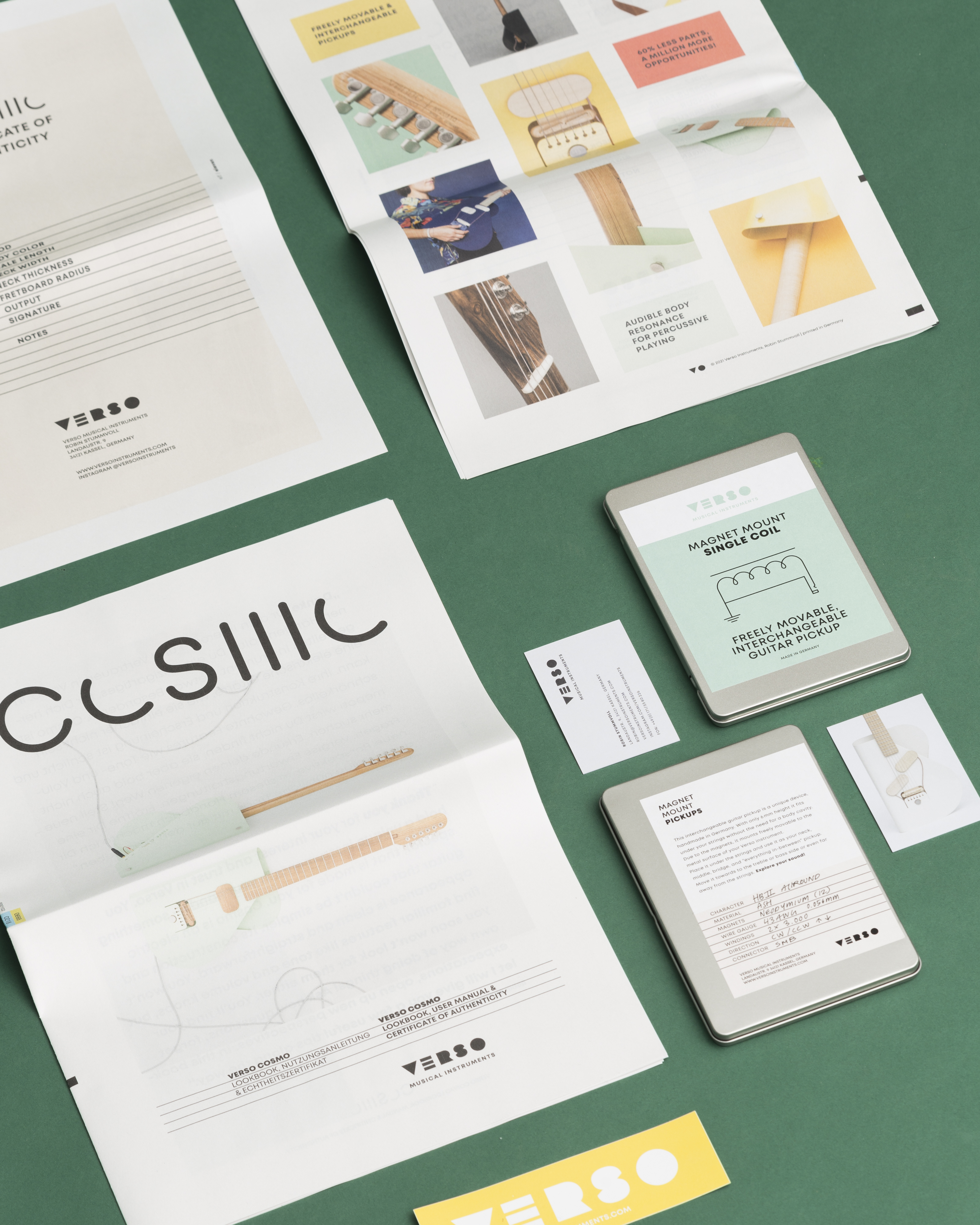
Every element of Verso Musical Instruments’ design and corporate identity has been beautifully considered
INFORMATION
Cosmo Guitar, from €1,670, by Verso Musical Instruments
Jonathan Bell has written for Wallpaper* magazine since 1999, covering everything from architecture and transport design to books, tech and graphic design. He is now the magazine’s Transport and Technology Editor. Jonathan has written and edited 15 books, including Concept Car Design, 21st Century House, and The New Modern House. He is also the host of Wallpaper’s first podcast.
-
 The Testament of Ann Lee brings the Shaker aesthetic to the big screen
The Testament of Ann Lee brings the Shaker aesthetic to the big screenDirected by Mona Fastvold and featuring Amanda Seyfried, The Testament of Ann Lee is a visual deep dive into Shaker culture
-
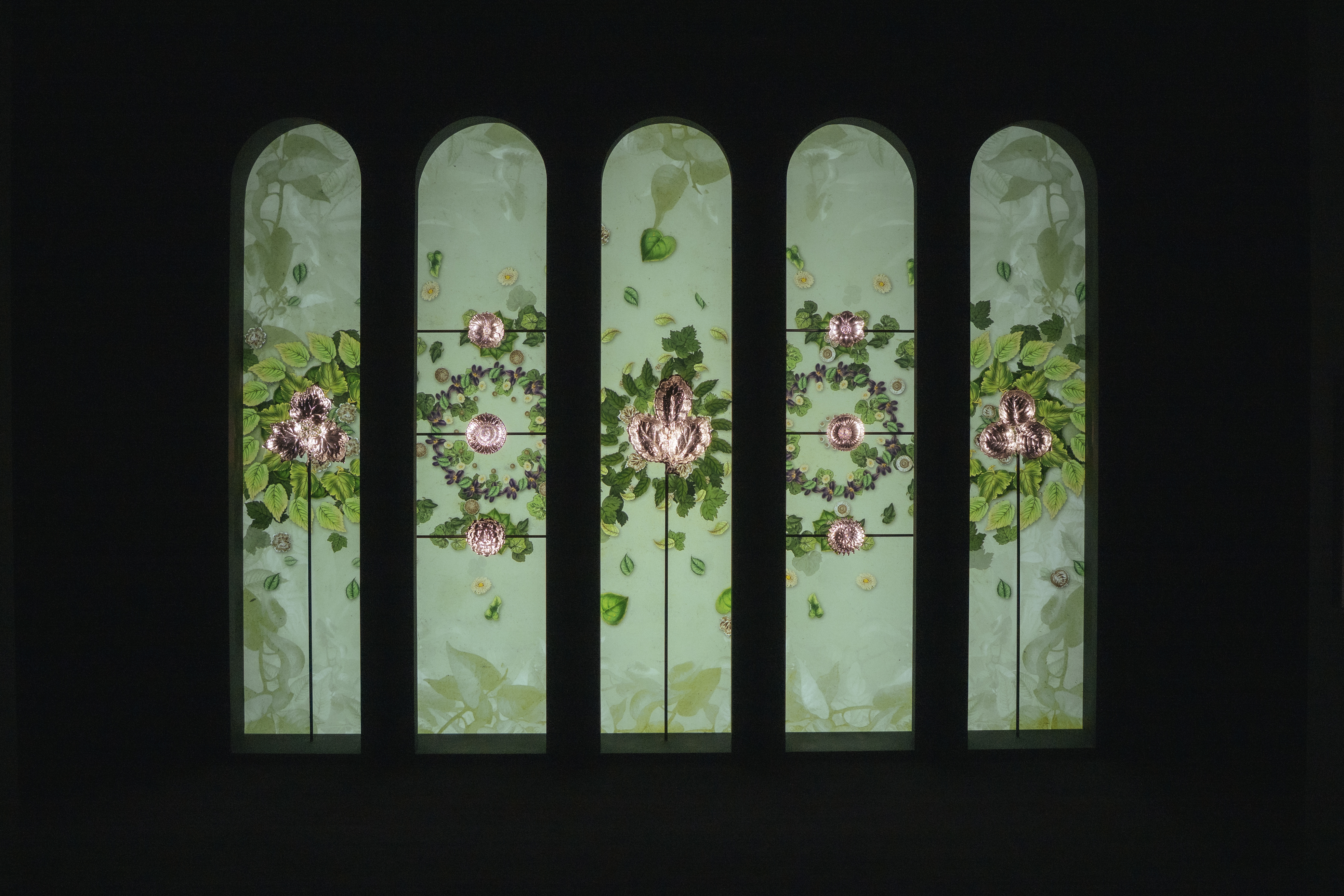 Dive into Buccellati's rich artistic heritage in Shanghai
Dive into Buccellati's rich artistic heritage in Shanghai'The Prince of Goldsmiths: Buccellati Rediscovering the Classics' exhibition takes visitors on an immersive journey through a fascinating history
-
 Love jewellery? Now you can book a holiday to source rare gemstones
Love jewellery? Now you can book a holiday to source rare gemstonesHardy & Diamond, Gemstone Journeys debuts in Sri Lanka in April 2026, granting travellers access to the island’s artisanal gemstone mines, as well as the opportunity to source their perfect stone
-
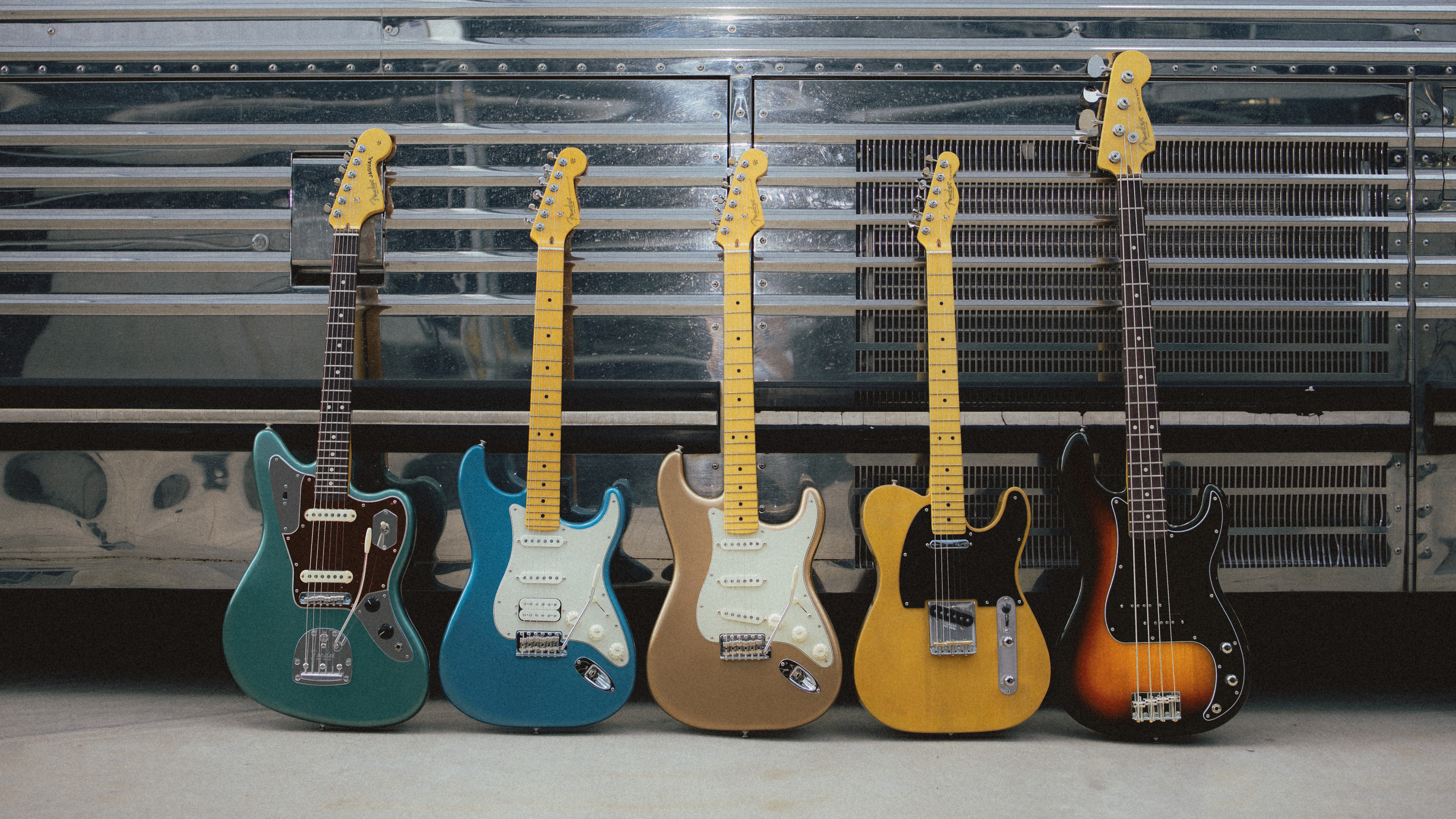 Fender American Professional Classic models are the pinnacle of the guitar maker’s craft
Fender American Professional Classic models are the pinnacle of the guitar maker’s craftWe visit Fender’s California factory to see the latest American Professional Classic models take shape
-
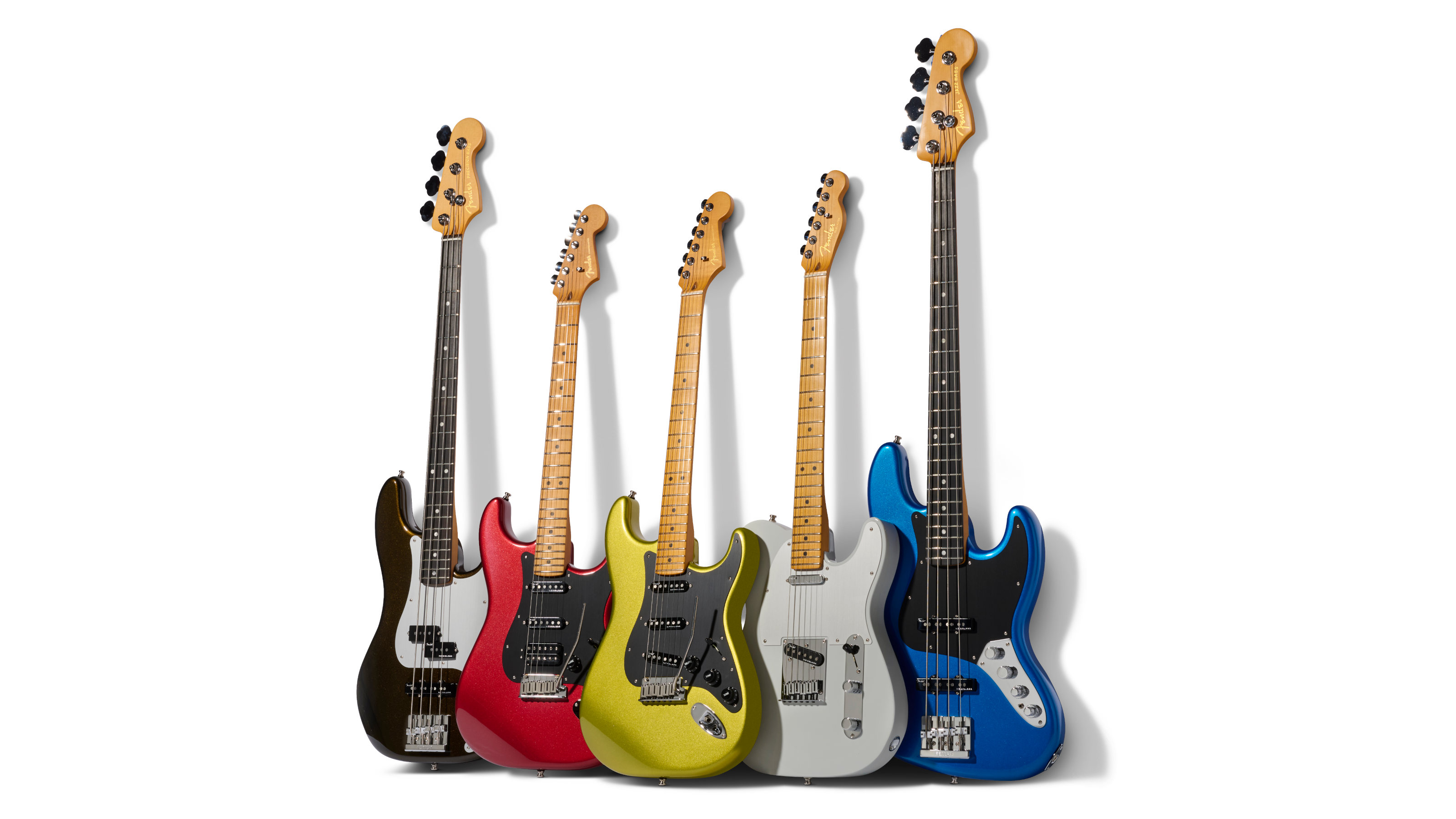 The Fender American Ultra II combine made-in-the-US quality with contemporary tech
The Fender American Ultra II combine made-in-the-US quality with contemporary techA deluge of new products from Fender shows the iconic guitar manufacturer still knows how to innovate and entice
-
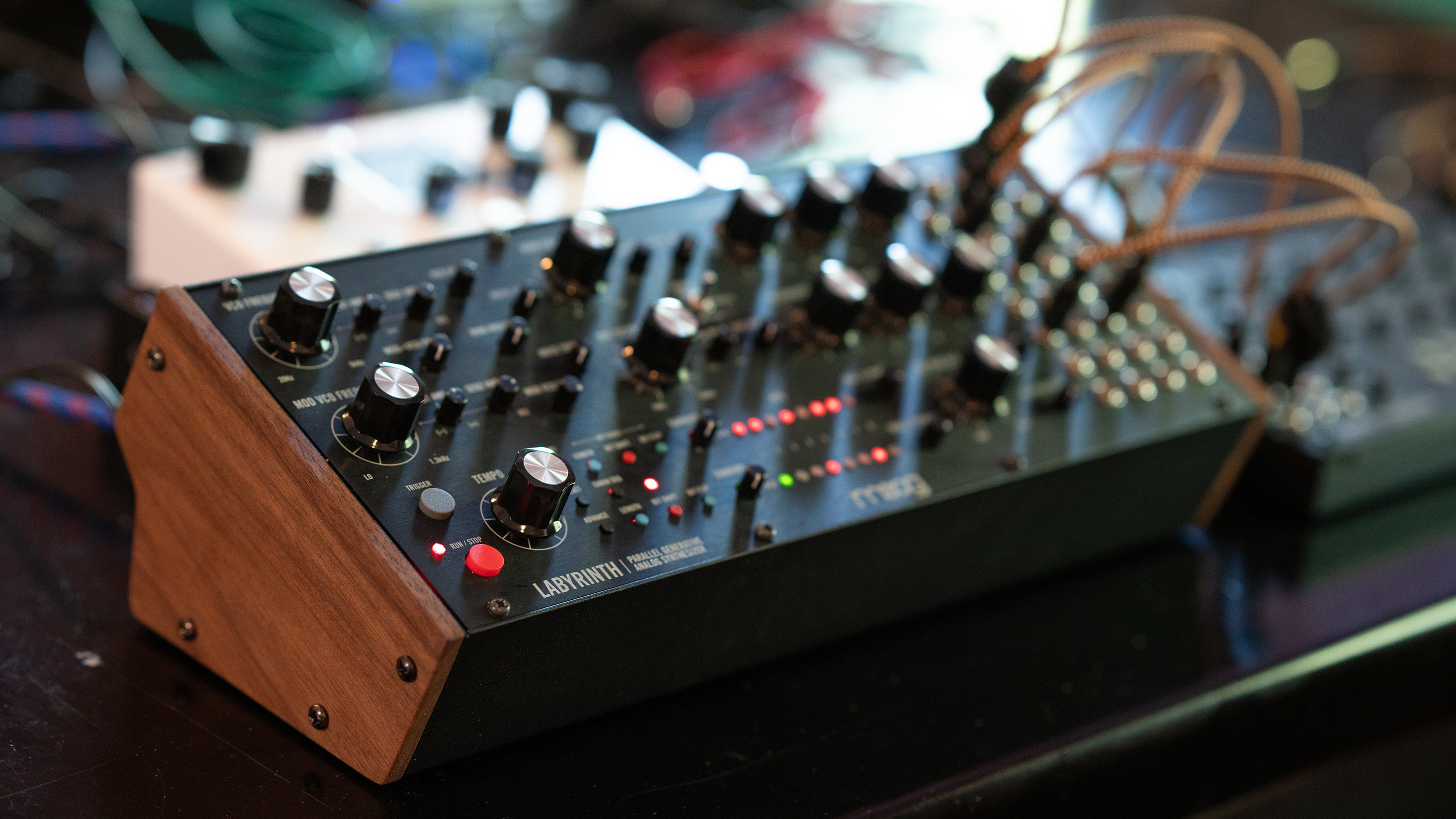 Moog’s mood-altering Labyrinth and five more new synthesizers and sound tools
Moog’s mood-altering Labyrinth and five more new synthesizers and sound toolsExplore soundscapes and ambient realms with these new synthesizers and other desktop composition tools for shaping all forms of audio
-
 From Tangerine Dream to cult PlayStation hits, eight books chronicling the art of noise and play
From Tangerine Dream to cult PlayStation hits, eight books chronicling the art of noise and playWe explore eight titles that get under the skin of music history, technological evolution and the art and experience of digital culture
-
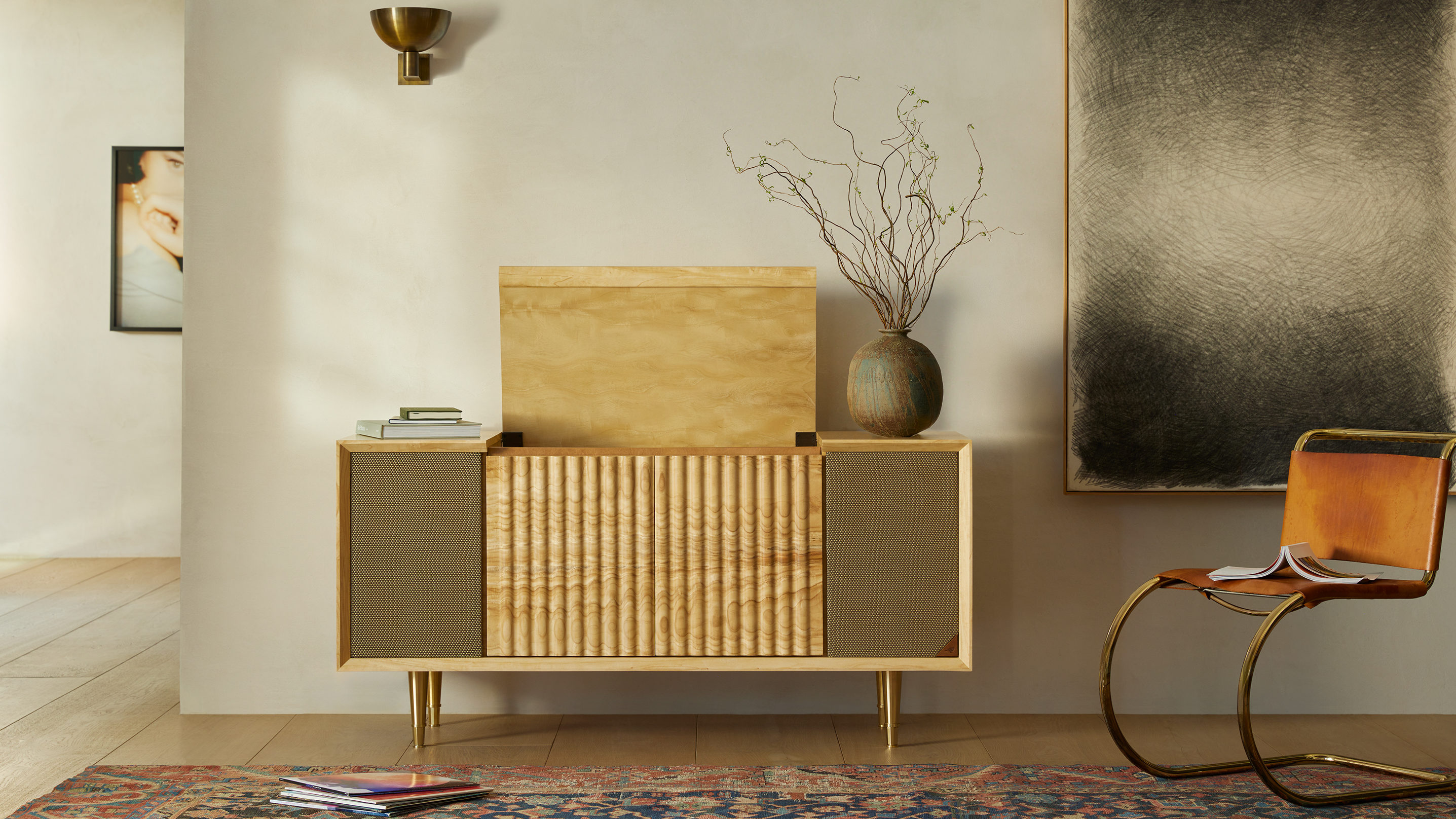 San Diego-based audio specialists Wrensilva update their elegant Record Consoles
San Diego-based audio specialists Wrensilva update their elegant Record ConsolesWith new materials, upgraded electronics and input from three industry greats, the new Wrensilva Standard and M1 Record Consoles are the ultimate in audiophile furniture
-
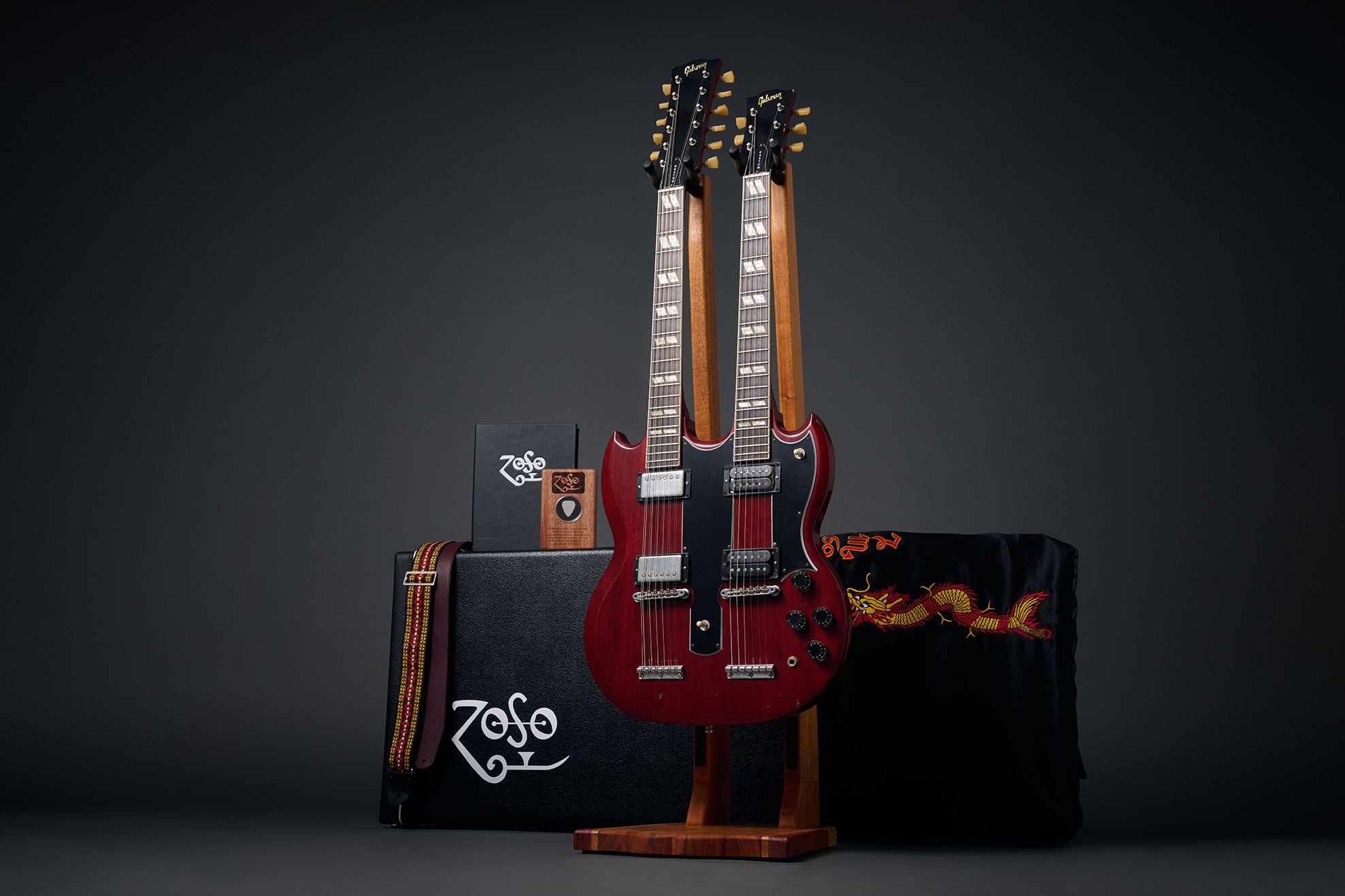 A new limited-edition Rhodes piano and Gibson doubleneck guitar aim for the stars
A new limited-edition Rhodes piano and Gibson doubleneck guitar aim for the starsThe new Rhodes Mk8 Earth Edition piano and Gibson Jimmy Page EDS-1275 Doubleneck guitar revisit classic instruments at a price
-
 20 of the best CD players as the compact disc comeback continues
20 of the best CD players as the compact disc comeback continuesWe expand our guide to the best compact disc players with a fresh selection of good looking and great sounding models
-
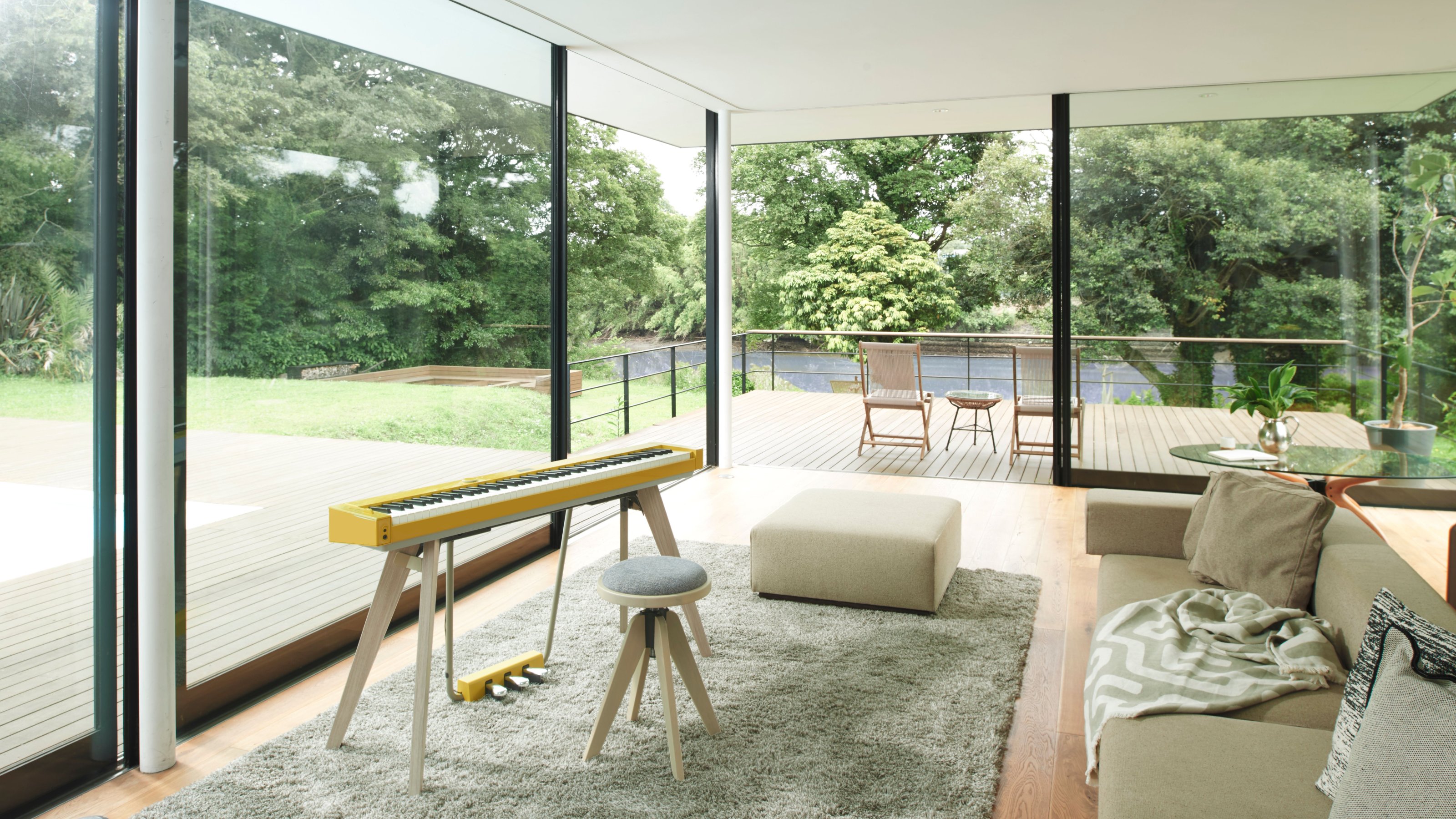 Six new ways of making music, from sonorous start-ups to note-perfect classics
Six new ways of making music, from sonorous start-ups to note-perfect classicsOur music technology round-up showcases six new ways of making music, from a piano designed to blend into the modern home to sophisticated effects units and an all-in-one DJ system